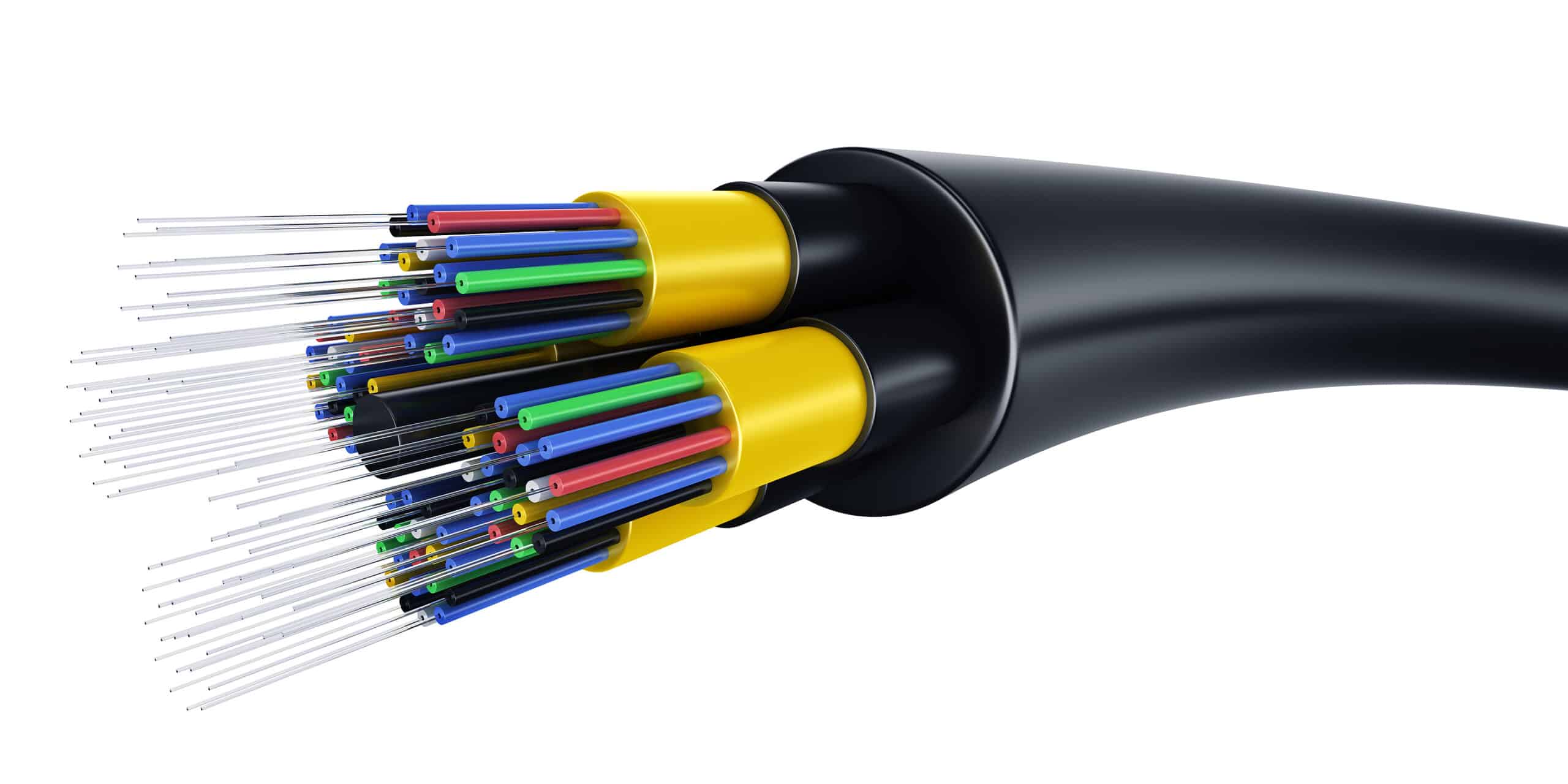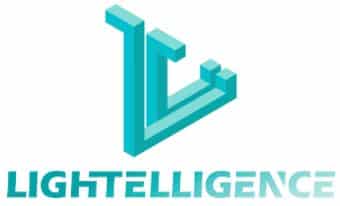A Race Between Lightmatter and Lightelligence
Table of contents
Table of contents

There’s a law that most technology people are familiar with called “Moore’s Law” which states that the number of transistors on a computer chip will double every 18 months or so. This refers to the exponential growth in computing which helps explain why that smartphone in your pocket contains exponentially more computing power than what was used to put man on the moon. There’s also a lesser known law that says the number of people who claim Moore’s Law is dead, also doubles every 18 months. That’s because even with the power of nanotechnology being harnessed to etch out even smaller transistors, we’re starting to reach certain technological limitations. This is where something called “optical computing” may be the way forward.
Without getting all technical here, traditional computing uses electrons to perform computations. On the other hand, optical computing proposes to use photons to perform computations instead. Since photons are the fundamental particles of light, it’s easy to see why we would call this “optical computing”, in other words, computers powered by light. Even the nomenclature spells this out. One is called electronics and the other is called photonics. Current applications of photonics are where we combine both electronics and photonics for things like fiber optics where we can use light to send data over long distances at a much higher volume and rate of speed.

When it comes to traditional computing applications however, scientists are having problems developing the components necessary to make “pure optical computing” a reality. That’s why the recent news of a company called Lightmatter came as a bit of a surprise. Lightmatter wants to use optical computing to create new artificial intelligence chips.
If you’re holding shares of Nvidia (NASDAQ:NVDA), you’re a happy camper so far as they’ve risen an astounding +1,831% over the past 5 years and continue their climb as we type this. That’s because NVDA has had a “perfect storm” situation where their GPUs are being used in all kinds of high-growth applications like autonomous driving, gaming, and of course artificial intelligence. While other types of chips like FPGAs have had some traction for use in AI applications, so far NVDA has dominated this space. Of course that’s led to the emergence of many startups trying to get a piece of the action. We looked at a number of these in our article on 12 AI Hardware Startups Building New AI Chips, and CB Insights estimates that there at least 45 startups working on building new chips for artificial intelligence. One most of the most recent players to emerge is the aforementioned Lightmatter.
About Lightmatter
The founding of Boston startup Lightmatter took place late last year with their funding of $11 million only recently being announced. The entire company is being built around a single paper that was published in June 2017 titled Deep learning with coherent nanophotonic circuits. Originally published in Nature Photonics, the paper lists a whole slew of individuals as having helped authored it, but it’s the first two names that you should pay attention to; Nicholas Harris and Yichen Shen. That’s because Mr. Harris is the one who co-founded Lightmatter along with a few other individuals who aren’t listed as contributors to the paper. We’ll talk about Mr. Shen in a minute, but first let’s take a look at what they’re actually proposing to do in this paper.
The way artificial intelligence works is that it mimics the way in which our own brains work using something called “artificial neural networks”. A critical computation that’s used in these computational models is something called matrix multiplication. An article on Medium by the lead investor in Lightmatter, Matrix Partners, talks about how matrix multiplication is actually the bottleneck for artificial intelligence since this is the computation that uses up all the power and limits the speed of the entire process. What Lightmatter is proposing is to perform the matrix multiplication using optical computing while leaving everything else the same. According to an article by Scientific American which discusses the paper, this method could result in “the same accuracy as the best conventional chips while slashing the energy consumption by orders of magnitude and offering 100 times the speed”.
It’s not just an idea either, as the team actually managed to put together a prototype “silicon photonics matrix multiplier” to prove the concept. The result was so compelling that Mr. Harris was able to raise $11 million to form a company around it. That’s not quite the end of the story however. Digging a bit deeper shows that there’s another startup in the game as well which is using technology from the exact same paper.
Lightelligence
The second startup in question is based out of Cambridge Massachusetts and led by Yichen Shen, the co-author of the paper mentioned earlier. He’s raised $10 million from Baidu Ventures in what reinforces the growing competition between the United States and China that we touched on in our article about 10 Ways that China is Kicking America’s Ass in Tech. In addition to founding Lightelligence, Mr. Shen appears to have founded a company called Light Labs that was looking to commercialize films. According to his Forbes 30 Under 30 Profile, it seems that he raised $3 million in seed money for this venture. There’s no saying whether he plans to move forward with both ventures simultaneously or whether he’s put Light Labs on the back shelf for now. One of the Directors of Lightelligence is Marin Soljacic, founder of wireless charging company WiTricity which we’ve talked about before.
Conclusion
In an article by the Boston Business Journal on both these startups, “Harris didn’t want to talk about the split, and Shen didn’t respond to an email”. It’s probably a good thing that these two gentlemen split off to pursue their own ventures rather than work together in a single startup that might have been impeded by disagreements. One can only imagine that both these lads are feverishly working away right now to file patents as quick as possible in what may lead to a showdown similar to what we saw in the world of CRISPR. Given China’s commitment to reducing their reliance on companies like Nvidia, we can only imagine that the terms Mr. Shen received to bring his technology back to China were quite favorable. Now we have a situation where healthy competition might accelerate the development of this technology such that commercialization will happen sooner than it would have otherwise.
Sign up to our newsletter to get more of our great research delivered straight to your inbox!
Nanalyze Weekly includes useful insights written by our team of underpaid MBAs, research on new disruptive technology stocks flying under the radar, and summaries of our recent research. Always 100% free.














